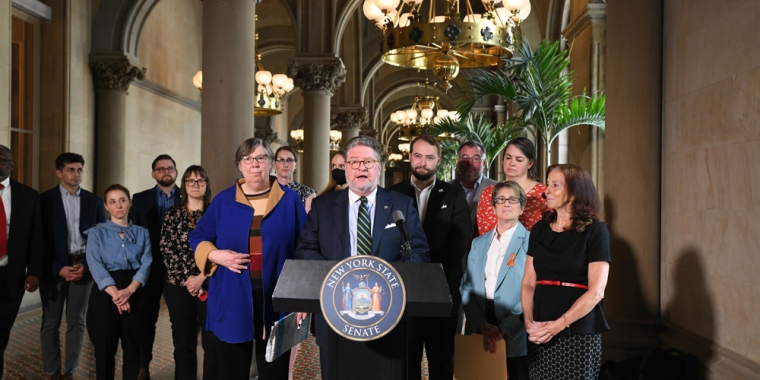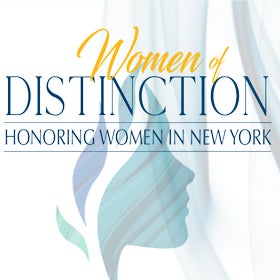21 May 2025
Public Hearing: To evaluate the efficacy of the state’s monitoring and management of harmful algal blooms (HABs) and examine potential legislative solutions
Legislative Office BuildingVan Buren Hearing Room A, 2 nd Floor 181 State Street,, Albany, NY, 12247
10:00 AM to 01:18 PM Archived Video
Senate Standing Committee on Environmental Conservation
Chair: Senator Pete Harckham
Co-Sponsor: Senator Rachel May
Public Hearing: To evaluate the efficacy of the state’s monitoring and management of harmful algal blooms (HABs) and examine potential legislative solutions
Place: Van Buren Hearing Room A, Legislative Office Building,2 nd Floor, Albany, New York
Time: 10:00 A.M.
Contact: Marie Kelly (518) 389-5671; Eric van der Vort (315) 478-8745
Media Contact: Thomas Staudter (518) 455-1650; Dan Messineo (315) 478-8745
ORAL TESTIMONY BY INVITATION ONLY
SUBJECT: To evaluate the efficacy of the state’s monitoring and management of harmful algal blooms (HABs) and to examine potential legislative solutions.
PURPOSE: To evaluate the efficacy of the state’s monitoring and management of harmful algal blooms (HABs) with a focus on four questions: 1) How effective are the state'scurrent monitoring programs in accurately detecting and tracking the extent and severity of HABs? 2) Where have current policies worked in effectively addressing HABs, and where have they been less successful? Where could successes be expanded upon? 3) What are the most promising existing and emerging technologies and techniques for mitigating and remediating HABs? 4) What is the state doing to assist municipalities and lake communities to address HABs?
Harmful algal blooms (HABs) are visible patches of cyanobacteria—also known as “blue-green algae”1--that are a growing environmental and public health threat affecting water bodies across New York State.
HABs can proliferate rapidly under favorable conditions, forming dense blooms that produce potent toxins such as microcystins and anatoxins. Exposure to these toxins—through ingestion, skin contact, or inhalation—can lead to a range of health issues in humans and animals, including liver damage, neurological effects, and gastrointestinal illnesses.2 These dangers have major implications for drinking water safety, aquatic recreation, local economies, and overall water quality. For example, in 2016, toxins from HABs were detected in the treated drinking water of Owasco Lake, impacting over 40,000 residents.3
Key contributors to the increasing occurrence and severity of HABs include elevated nutrient levels (notably phosphorus and nitrogen) from agricultural runoff and aging wastewater infrastructure, increased water temperatures, and altered precipitation patterns—all of which are exacerbated by climate change to create an environment conducive to cyanobacterial growth.4
1 https://dec.ny.gov/environmental-protection/water/water-quality/harmful-algal-blooms
2 Id.
3 https://www.suny.edu/suny-news/press-releases/december-2017/12-21-17/protecting-lakes-from-algal- blooms.html
4 https://nysclimateimpacts.org/explore-the-assessment/case-studies/harmful-algal-blooms/
In response, New York State has made considerable investments in monitoring and managing HABs through programs led by the Department of Environmental Conservation (DEC), the Department of Health (DOH), and other state and regional partners. Key efforts include the development of HABs Action Plans5 for priority waterbodies, the online public notification system NYHABS,6 funding for mitigation under the Clean Water Infrastructure Act, and research into emerging treatment technologies. Despite these efforts, HABs remain persistent and widespread, raising concerns about the effectiveness, coordination, and reach of current programs—especially in assisting municipalities, lake associations, and agricultural stakeholders.
This hearing will evaluate the efficacy of the state’s monitoring and management of HABs and will focus on four key areas:
● How well are HABs being monitored and tracked across the state?
● Where have policies been successful, and where are improvements needed?
● What are the most promising techniques and technologies to reduce or eliminate HABs?
● How is the state supporting municipalities, lake associations, farmers, and other stakeholders in fighting HABs?
The Senate Committee on Environmental Conservation has invited testimony from a broad cross-section of stakeholders and experts to inform this evaluation. These include representatives from state agencies, regional environmental and watershed organizations, research institutions, environmental advocates, and agricultural groups, who will all contribute perspectives on the regulatory and ecological dimensions of HABs.
Persons wishing to present pertinent testimony to the Senate Standing Committee on Environmental Conservation at the above hearing should complete and return the enclosed reply form as soon as possible. It is important that the reply form be fully completed and returned so that persons may be notified in the event of emergency postponement or cancellation.
Oral testimony will be limited to 5 minutes duration. Ten copies of any prepared testimony should be submitted at the hearing registration desk. The Senate Standing Committee on Environmental Conservation would appreciate advance receipt of prepared statements.
Attendees and participants at any legislative public hearing should be aware that these proceedings are video recorded. Their likenesses may be included in any video coverage shown on television or the internet.
In order to meet the needs of those who may have a disability, the Senate Standing Committee on Environmental Conservation, in accordance with the Senate’s policy of non-discrimination on the basis of disability, as well as the 1990 Americans with Disabilities Act (ADA), has made its facilities and services available to all individuals with disabilities. For individuals with disabilities, accommodations will be provided, upon reasonable request, to afford such individuals access and admission to Senate facilities and activities.


